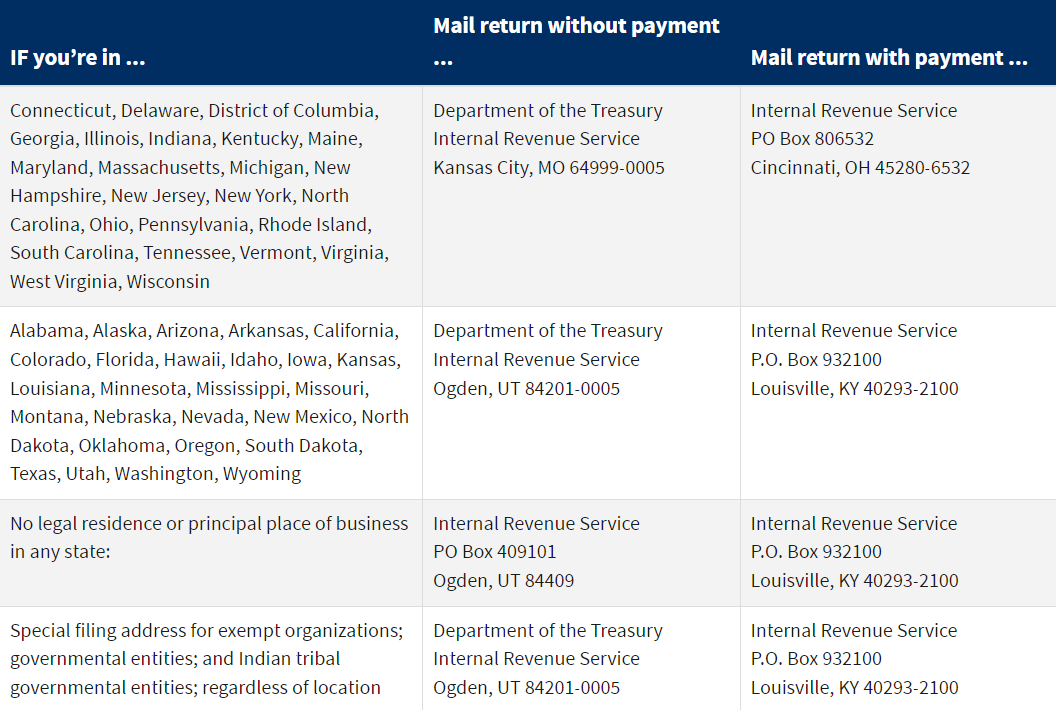Businesses with employees must file the 941 Form for 2025. It’s due on a quarterly basis and is part of your responsibility to withhold payroll taxes.
You can file for free through the mail, online for a fee through an IRS-approved software provider, or one of our business tax services experts can take care of it for you.
The 2025 version of the form can be found here. Bookmark this article, as we’ll update it when the 941 form 2026 is ready.
In this article, we’ll break down what Form 941 is, what’s changing in 2025, and everything else you need to know.
It’s Natural to Want to Pay as Little Tax as Possible
What Is Form 941?
Form 941 reports aggregate social security, income, and Medicare tax withheld on behalf of all employees. Filing is separate from your obligation to pay those taxes.
To file, you or your accountant will need the following information:
- Tips
- Total wages paid to employees
- Income tax withheld
- Social Security and Medicare Tax withheld
- Sick pay, family leave, or insurance based adjustments
What Are the 2025 Due Dates?
Form 941 is due by the last day of the month at the end of each quarter. There are penalties for filing business taxes late. Below are the due dates for both 2025 and 2026.
| Period | Form 941 Due Date |
| Q1: January, February, March | April 30 |
| Q2: April, May, June | July 31 |
| Q3: July, August, September | October 31 |
| Q4: October, November, December | January 31 |
Where to File Form 941?
You can file Federal Form 941 electronically or through the mail.
It might come as a surprise, but most mainstream tax software won’t handle Form 941 for you. To file it online, you’ll need to use an IRS-authorized provider.
If you have more than a few employees, the most hassle-free option is to work with a professional accountant. Not only can they ensure everything is filed accurately, but they might also uncover ways to save on taxes and streamline your finances, potentially even offsetting the cost of their services.
Staying on top of all the tax forms necessary for a growing business can be tricky. If you have more questions about Form 941, or anything else regarding your business’s financials, book a call with one of our business tax services experts today.

Where to Send Form 941?
Even though it’s a federal form, the 941 mailing address differs from state to state. Refer to the following list to learn where to mail it:

What Are the Penalties for Filing Late?
As you’re likely aware, the IRS doesn’t mess around when it comes to due dates. They charge flat fees, percentage fees, and interest for both late filing and late payment.
In 2025, the penalty for filing late is 5% of the unpaid taxes per month. If your filing is over sixty days late, the minimum penalty is $485.
In addition to a late filing penalty, there are late payment charges as well. They accrue according to the following timeline:
| Penalty | Timing |
| 2% | 1-5 days late |
| 5% | 6-15 days late |
| 10% | 15+ days late |
| 15% | 10 days after receiving your first IRS notice |
Are There Exceptions When You Don’t Have to File?
For the most part, no. But there are a handful of edge cases to keep in mind:
- If you operate a seasonal business that doesn’t pay employees for entire quarters, inform the IRS of this when you do file by checking the box on line 18.
- If total payroll tax liability is less than $1000, file Form 944 instead. This is effectively a Form 941 that’s due only once per year.
- If you employ agricultural labor, file a Form 943 instead.

What’s New in 2025 for the 941 Form?
In 2024, the IRS made a few important changes to Form 941.
- The wage base limit for Social Security taxes is up from $168,600 in 2024 to $176,100 in 2025.
- There is still no wage base limit for Medicare tax.
- Payroll taxes now apply to household workers, such as maids or gardeners, who are paid $2800 or more in a year. Likewise, for an election worker paid over $2400.
- Form 941 can now be used to claim the Small Business Payroll Tax Credit for Expanding Research Activities for up to $500,000. Learn if you qualify with indinero’s R&D tax credit guide.
| Employee portion | Employer portion | |
| Social Security | 6.2% | 6.2% |
| Medicare | 1.45% | 1.45% |
The 2025 Social Security and Medicare tax rates haven’t changed. When you make your payments to the IRS, be sure to include both your and your employee’s portions.
It’s too early to say whether there will be changes to the 2026 IRS form 941, but check back on this article in the new year for updates.
Form 941 2026: What Changes Are Coming?
The IRS has not released a draft of the 2026 form, but no substantial changes to the form are expected. While the next version will likely mirror the current version, it may change before it’s finalized. We’ll update this article in the new year if that changes, so be sure to check back.
Conclusion
Employers file Form 941 every quarter. The key change for 2025 was an increased wage base limit for Social Security taxes.
The form can be filed by mail or electronically through an IRS-approved vendor. Businesses with multiple employees may save on taxes and penalties by using a business tax services professional to ensure accurate and timely filing.




